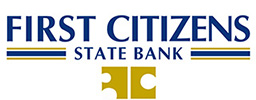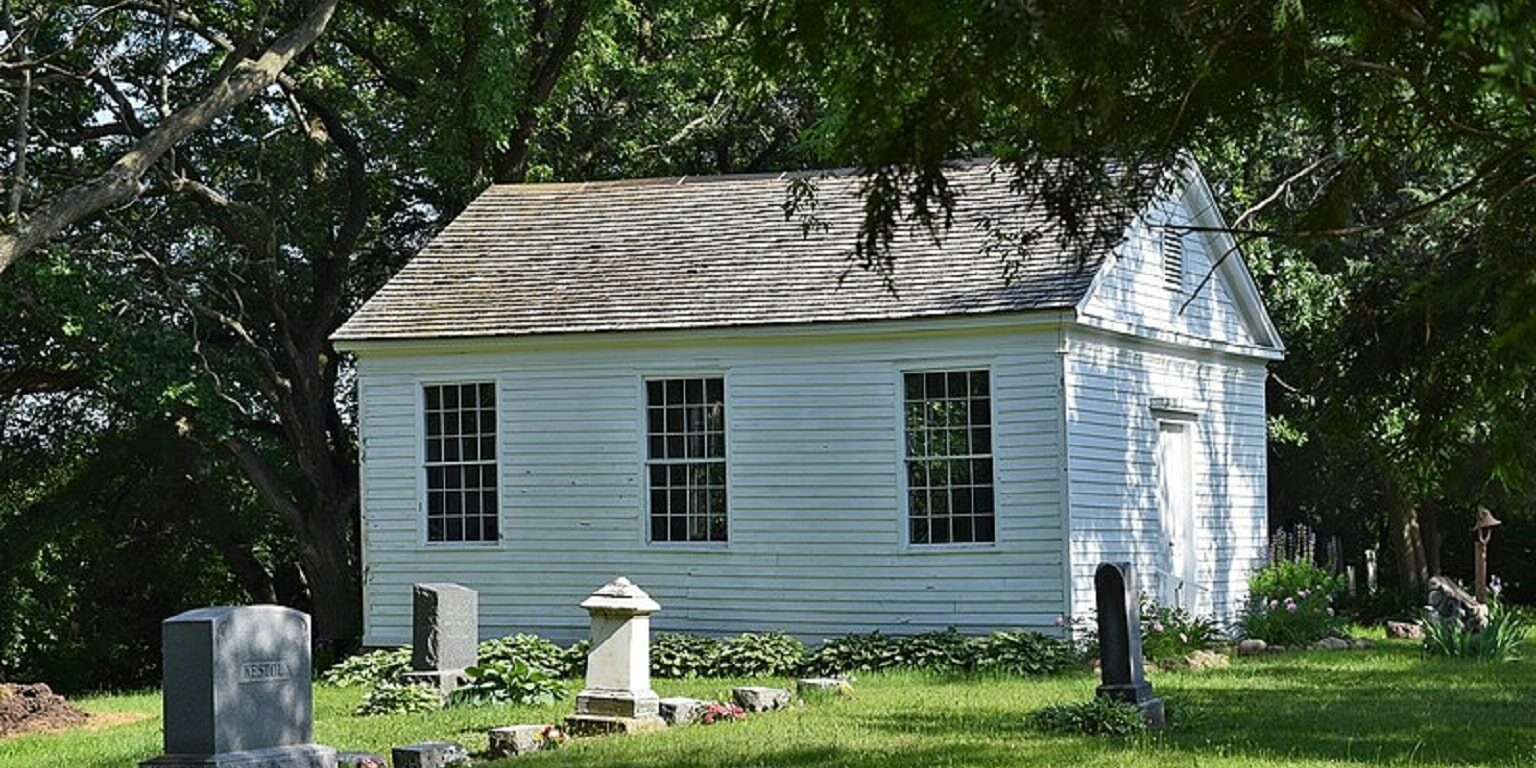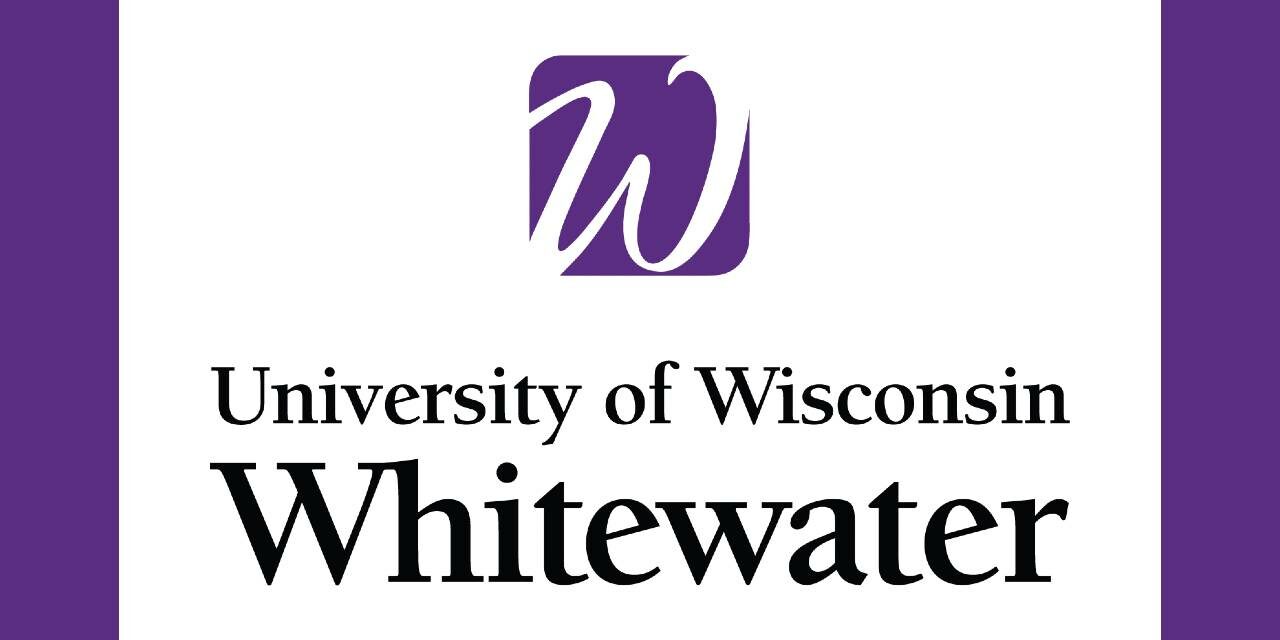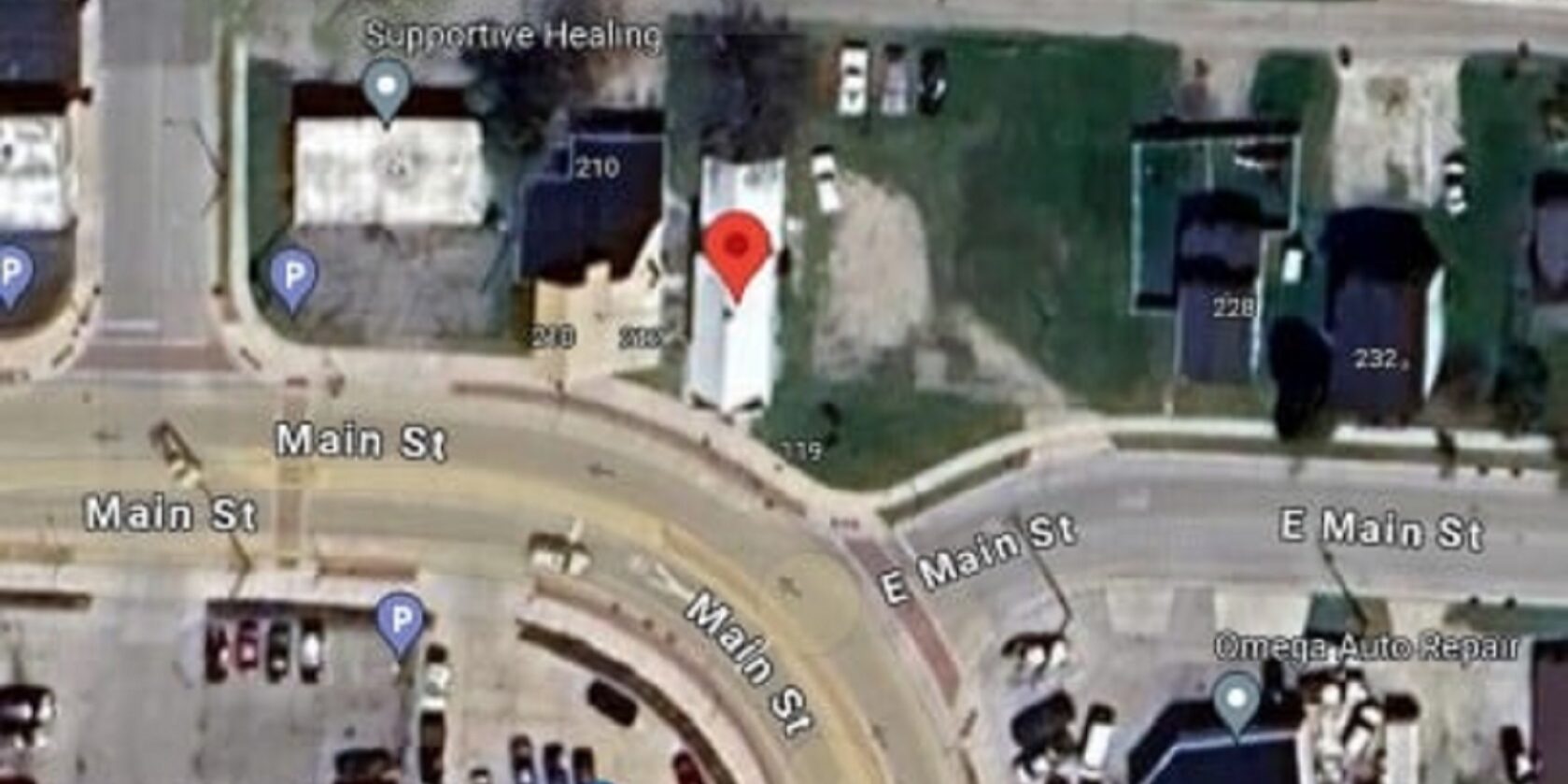By Al Stanek
Whitewater Banner volunteer staff
whitewaterbanner@gmail.com
The demand for entry level housing is increasing, the supply of homes that the average homeowner can afford remains stagnant, and the price of a single-family home in Whitewater has increased by 17% in the past three years. That was one of the key findings of a City of Whitewater report reviewed by a joint meeting of the City’s Common Council, Community Development Authority (CDA) and Plan Commission on Wednesday, February 9th.
The report includes a list of 14 recommendations and 11 “Opportunities” that position Whitewater to better understand “the existing housing crisis” and recommended “best practices to help reverse the trend, increase housing units and provide opportunities for all residents to live in the community.”
The “Action Plan” recommended by Madison based planning firm Vandewalle and Associates documents a need for additional housing options in Whitewater and points out that currently, “The city is not on track to meet those needs, but steps can be taken to address the matter and the city’s housing challenges.”
Whitewater is definitely not alone in facing a shortage of workers and regular family households that can support a healthy inventory of local businesses. A National Association of Home Builders report issued just the day before the Whitewater report review session points out that housing availability has dropped to the “lowest level in a decade.”
The State of Wisconsin, working with a non-profit development trade organization and other interest groups, has passed several pieces of legislation in recent years that allow Wisconsin communities to incentivize “Affordable Workplace Housing.” This form of “Affordable Housing” incentives to communities is distinctly different from traditional “affordable housing” programs like public housing and rental assistance programs. It focuses on getting new people into the process of home ownership.
Whitewater’s housing situation is both similar to other communities but also unique due the community’s size and the presence of a relatively large university campus. City Manager Cameron Clapper, however, was quick to point out that this effort is not aimed at the student housing market.
Whitewater’s rate of “Owner Occupancy” (the percentage of homes owned by individuals or families that actually live in that home) is currently at only 30% and has declined from 35% as recently as 2010. In comparison the Vandewalle report points out that “… both Jefferson and Walworth County, and the state as-a-whole, have over 50% owner-occupied housing units.” The disparity is largely due to the presence of a university but that is just one of Whitewater’s housing challenges according to the report.
Whitewater is projected to need “between 200-340 new housing units to meet projected population demand by 2030” according to the report. Smaller lot sizes and more adjoined single family housing like the “twin homes” in the Prairie Village development on the city’s north side are cited as two of many potential strategies to meet that need. The plan’s 14 recommendations include documenting “…goals for the future that clearly define the number of housing units needed through an adopted policy by the City Council.”
The City of Whitewater has been proactive recently in addressing housing availability. The city took advantage of a change in state regulations that allowed for the dedication of some residual Tax Incremental District (TID) funds from a recently closed development area to be designated for “Affordable Housing.”
Neighboring communities, and others across the state, have been more aggressive according to Vandewalle’s Brian Unger and Ben Rohr. They cited our nearby neighboring community of Fort Atkinson that has purchased land and is working with developers to encourage home options that will be affordable to a wider range of households.
The 14 page Vandewalle report also includes another nine pages of appendices containing historical data and community comparisons. Several of the various officials and citizen participants in the review described the data being provided as “extremely helpful” to give citizens a better understanding of the situation and options that the city has. The final version is expected to be published soon with plans to make it available on the city’s website.





















